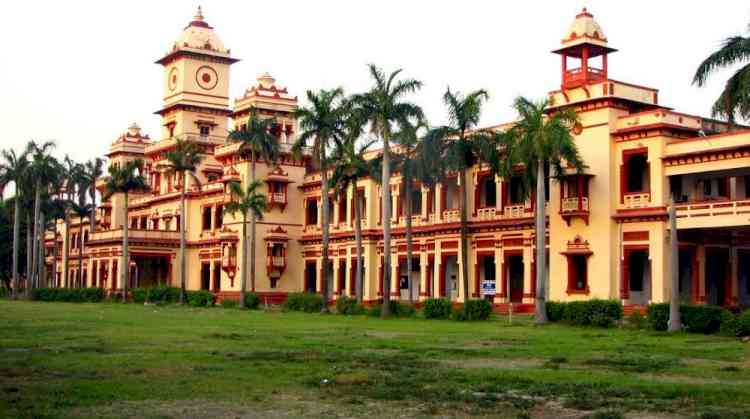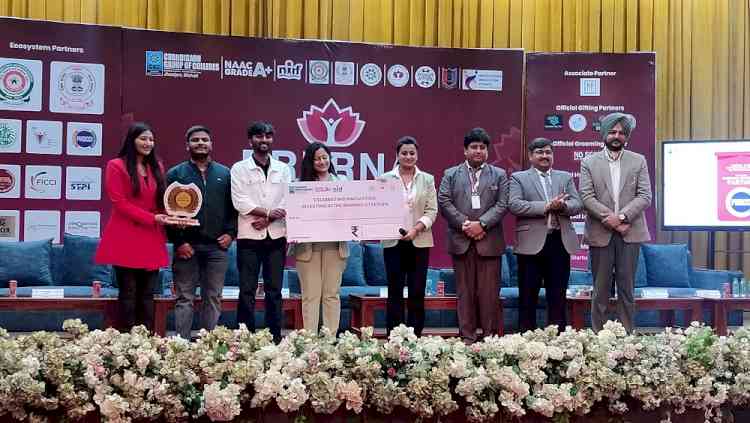BHU study says trees can reduce roadside pollution
A study conducted by Banaras Hindu University (BHU) on roadside pollution has found that deciduous tree plantation and improvement in the drainage system within the campus are essential to reduce the accumulation of pollutants in the topsoil near the sites of infrastructural development and busy roads.

Varanasi (UP), Dec 29 (IANS) A study conducted by Banaras Hindu University (BHU) on roadside pollution has found that deciduous tree plantation and improvement in the drainage system within the campus are essential to reduce the accumulation of pollutants in the topsoil near the sites of infrastructural development and busy roads.
This leads to a smaller stay time of the heavy metals in the topsoil, roadside dust and tree leaves.
For this study, the magnetic susceptibility mapping of roadside pollution on the BHU campus was done by the researchers in the BHU's Centre of Advanced Study in Geology.
The researchers claim that this study presents the first quantitative assessment of roadside pollution on the BHU main campus, since its establishment in 1916.
According to the study, to identify the heavy minerals/metals in the soil, dust and leaf samples, scanning electron microscopy (SEM) was used on selected soil and leaf samples in the Subcontinental Lithospheric Mantle Laboratory, Centre of Advanced Study in Geology, BHU.
For mapping of roadside pollution, 106 locations were selected consisting of 75 along the crescent-shaped roads designated as the main traffic roads in the campus, and 31 along the radial roads connecting the semi-circular roads using a GPS device for accuracy.
A total of 212 samples of the topsoil were collected during pre-monsoon (106) and post monsoon (106) seasons to estimate the variation in roadside pollution round the year.
A few leaf samples from the trees along the roads at the same locations were also taken.
The soil, dust and leaf samples were analysed under SEM using back-scattered electrons (BSEs) over a carbon-coated sample surface.
Subsequently, energy-dispersive X-ray spectroscopic (EDS) analysis was performed on selected phases for a semi-quantitative chemical analysis to confirm the heavy mineral phases present in the soil and leaf samples.
A significant increase in zones of high magnetic susceptibility was observed near the area around the BHU main gate, Sir Sundarlal Hospital, Shri Vishwanath Temple, areas around Kendriya Vidyalaya BHU near the Nariya gate, approach road to Sear gate, adjacent region to the Hyderabad gate and the road connecting the Shri Vishwanath Temple and IIT BHU entrance.
"The SEM and EDS analyses confirm the occurrence of heavy minerals like magnetite, haematite, ilmenite, zircon, pyrite in the topsoil of the BHU campus," said Satyadeep Banerjee, a member of the research team.
He said the results of the study could be applied for environmental monitoring and prioritisation of land use and other anthropogenic activities on the campus.


 IANS
IANS 








